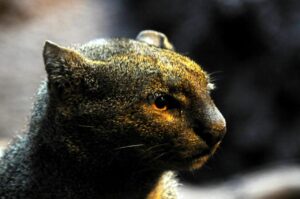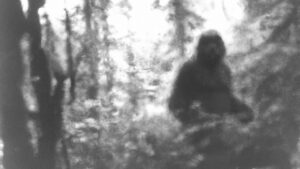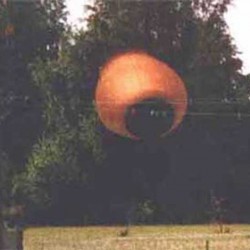Follow US:
One does not expect to discover a bird species new to science while wandering around the continental United States. Nor does one expect that such a species would provide much insight into how co-evolutionary arms races promote speculation.

On both fronts a paper to appear in The American Naturalist proves otherwise. Julie Smith, now at Pacific Lutheran University, and her former graduate advisor, Craig Benkman at the University of Wyoming, have uncovered strong evidence that co-evolution has led to the formation of a species of bird new to science in the continental United States. Benkman discovered in 1996 what appears to be a new species restricted to two small mountain ranges in southern Idaho (the South Hills and Albion Mountains).
This species is a morphologically and vocally distinct “call type” of red crossbill (Loxia curvirostra complex), which is a group of seed-eating finches specialised for extracting seeds from conifer cones. Fieldwork by Smith has revealed some of the mechanisms that have contributed to the nearly complete cessation of interbreeding between this crossbill and other call types that move into the South Hills every year. Perhaps most remarkable is that this new crossbill evolved because of a co-evolutionary arms race between crossbills and lodgepole pine (Pinus contorta) in the last five to seven thousands years.
As South Hills crossbills exerted selection on lodgepole pine for increased seed defences, lodgepole pine in turn exerted selection on crossbills for larger bills to deal with these increased seed defences. This co-evolution has caused these crossbills to diverge substantially in bill morphology from other crossbills. Because the South Hills crossbill is adapted to remove seeds from the well-defended cones there, it is a superior competitor and thereby limits the less well adapted and nomadic call types to breeding at very low frequencies in the South Hills. Such ecological differences lead to premating (i.e., before mating) reproductive isolation, which is nearly completed by strong assortative pairing among the different call types (99% of South Hills crossbills pair with another South Hills crossbill). “This indicates that levels of reproductive isolation characteristic of recognised species can evolve rapidly even in the continued face of potential gene flow” says Benkman. It also shows that co-evolution can be a potent force for rapidly generating biodiversity.
External Links:
University of Chicago Press Journals
Advertisements












